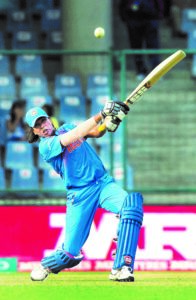Despite lack of resources, funds and infrastructure, India’s Women’s National Ice Hockey Team continues to dream big and strive hard
When it comes to winter sports—especially Ice Hockey—India isn’t considered to be a real force in the world. The tropical country has multitudes of geographical barriers to break in order to establish its popularity in Ice Hockey.
But, the practical problems and lack of infrastructure hasn’t deterred the spirit of Indian Women’s National Ice Hockey Team. When life comes to a frozen halt in Ladakh—the country’s highest plateau at about 3,000 metres above sea level—and the harsh winter with mercury sliding below the minus 30 degree Celsius-mark takes over, these handful of young Indian women gear up to rise and shine in the sport. In the absence of proper indoor facilities, they head straight to the nearest frozen lake in the region to practise the sport with a hope to defeat other teams from the western countries, where players often have the luxury to play it round the year.
Battling all odds—from practising ice hockey on frozen lakes or ponds with second-hand equipment to running from post to pillar for raising money through crowdfunding—the women’s team has made their presence felt in the sports quite a number of times. Recently, the team created history as it reached the semi-final in Thailand by beating Malaysia 3-2 in IHF Asia and Oceania Championship 2023.
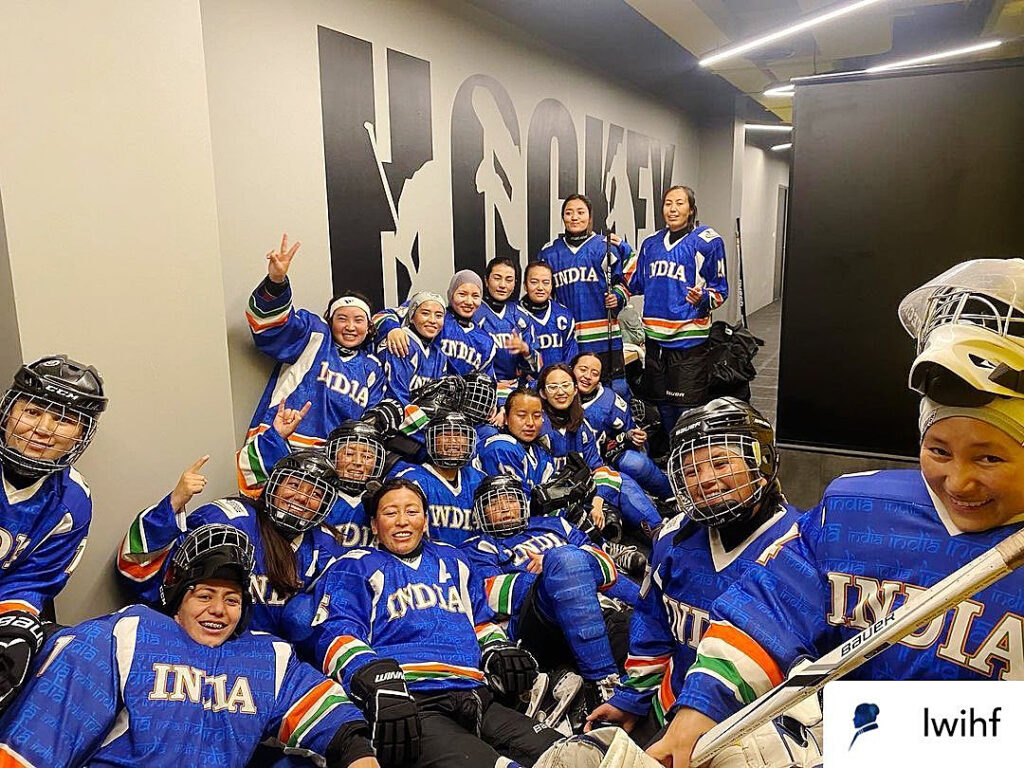
The beginning
India has had a national men’s ice hockey team since 1989. But, the women’s team played their first game in 2016. In Ladakh, the men were actively playing the sport. The female members of the families also started developing an interest towards the sport. Most of the women players—who are now the part of the national team—started learning to skate, marking the beginning of their sporting career. Coming from financially challenged backgrounds, it was a distant dream for most of them at that point of time to invest in new equipment. They borrowed the same for the male family members. Gradually, they felt the urge to represent the country in world tournaments, like their male counterparts.
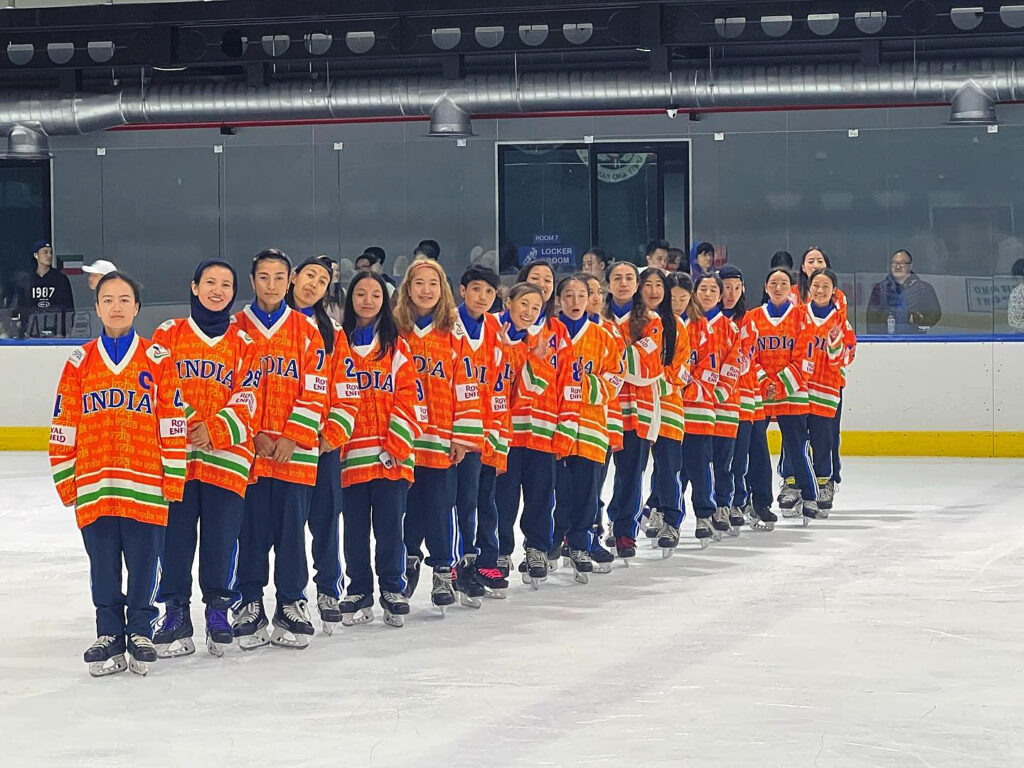
To promote the sport among women, the Ice Hockey Association of India played an instrumental role. The association conducted its first National Championship for Women in 2013. As the number of female players increased in the next few years, the association sent a team for the Challenge Cup of Asia in 2016. Very few in the country knew about this development. Such was the scenario that many of these women didn’t even have a passport. But, they didn’t give up and finally made their international debut.
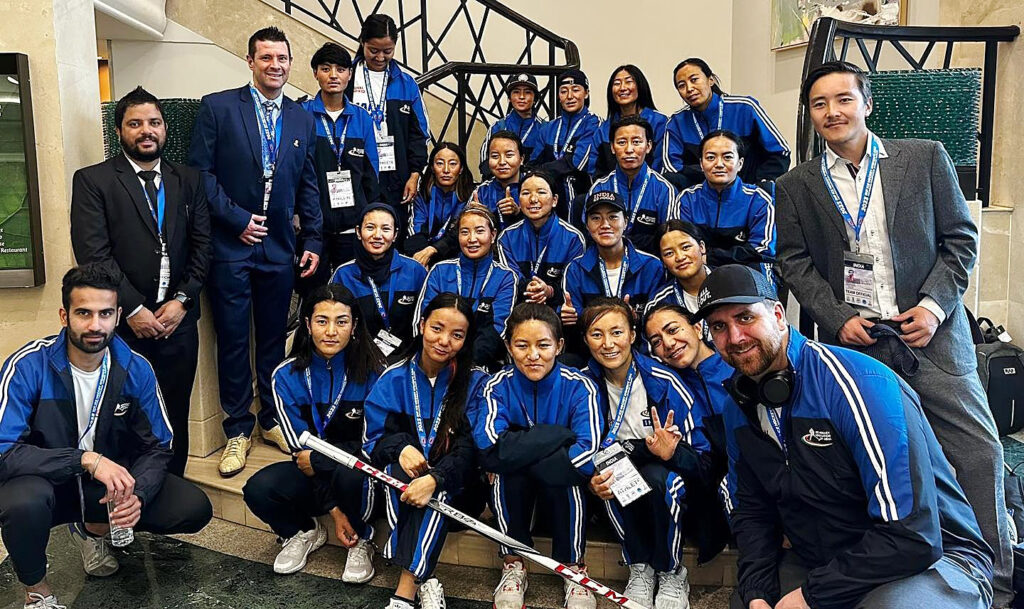
Maiden International success
In 2017, the Indian Ice Hockey Women’s Team embarked on a month-long training programme in Kyrgyzstan, preparing themselves for their courageous participation in Thailand at the Asia and the Oceania Championship. It was during this tournament that the team achieved their maiden two international wins, marking a significant milestone in their journey. Building on this success, the team secured a bronze medal at the Abu Dhabi tournament in 2019, further establishing their credibility on the international ice hockey scene.
In this year’s Asia and Oceania Championship in Malaysia, eager to showcase their skills after a hiatus due to the COVID-19 pandemic, the team entered the championship with confidence, particularly against Kuwait and Kyrgyzstan. Although they faced a fierce rivalry with Malaysia, they fought valiantly. In the semi-finals, they narrowly lost to Thailand, the eventual winners. They battled against Singapore despite injury concerns for the bronze medal. Their commendable performance against tough opponents demonstrated their determination and competitive spirit even though the scoreline in the bronze medal showed a 3-1 win to Singapore.
In 2018, the association could not raise funds for training and the players went for the championship in Malaysia despite knowing the fact that other teams were well prepared and had been practising in indoor rinks for a year. Hayley Wickenheiser, a four-time Olympic gold medallist from Canada, decided to support the team after seeing its performance in a YouTube video. Wickenheiser donated some of the team’s new equipment. She also invited the team to the Wickenheiser World Female Hockey Festival in Calgary.
Role of Indian Ice Hockey Association
“The Indian Ice Hockey Association has recognised the need to engage more women players and expand the footprint of women’s ice hockey in India. By increasing the number of women participating in the sport, the association aims to enhance the overall competition and composition within ice hockey,” stated the General Secretary of IHAI Harjinder Jindi. While earlier focus was predominantly on one region, efforts are now being made to develop ice hockey in other regions, fostering increased competitiveness and growth across the country.
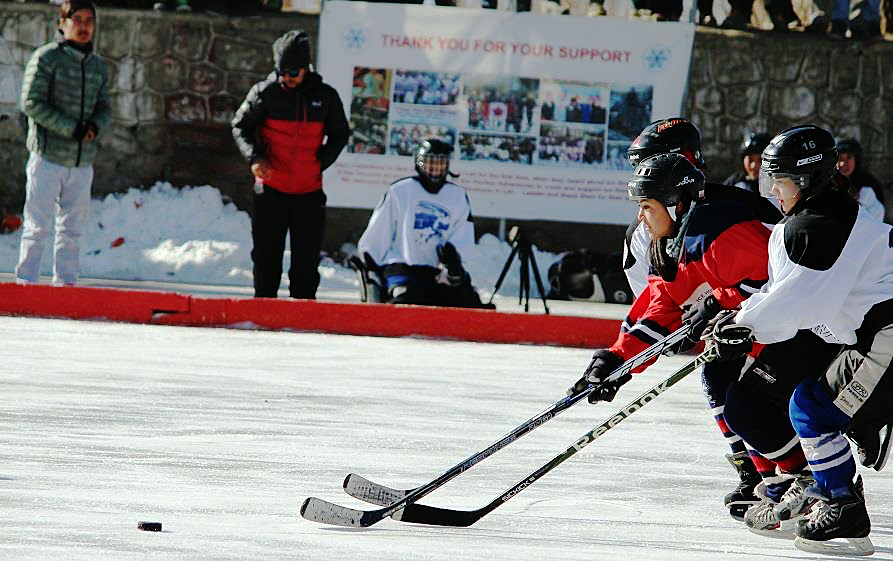
Harjinder revealed about the collaboration with the International Ice Hockey Federation (IIHF). “The IHAI is committed to prepare a strong pool of trainers, match officials, and developers. Through these initiatives, the association aims to enhance the knowledge and expertise within the sport, thereby promoting its long-term development,” he added.
Battling the challenge of infrastructure
Infrastructure remains a critical element for the growth of ice hockey. The IHAI has developed a region in Kaza, which houses an outdoor ice rink. However, to achieve sustainable growth, there is a pressing need for all-weather supporting rinks across the country. The association emphasises the importance of creating awareness among key stakeholders, including bureaucrats, corporates, sports ministers, and players, to generate the necessary support and resources for the sport’s development. Adequate infrastructure is essential for the smooth functioning of the sport and the holistic development of players.
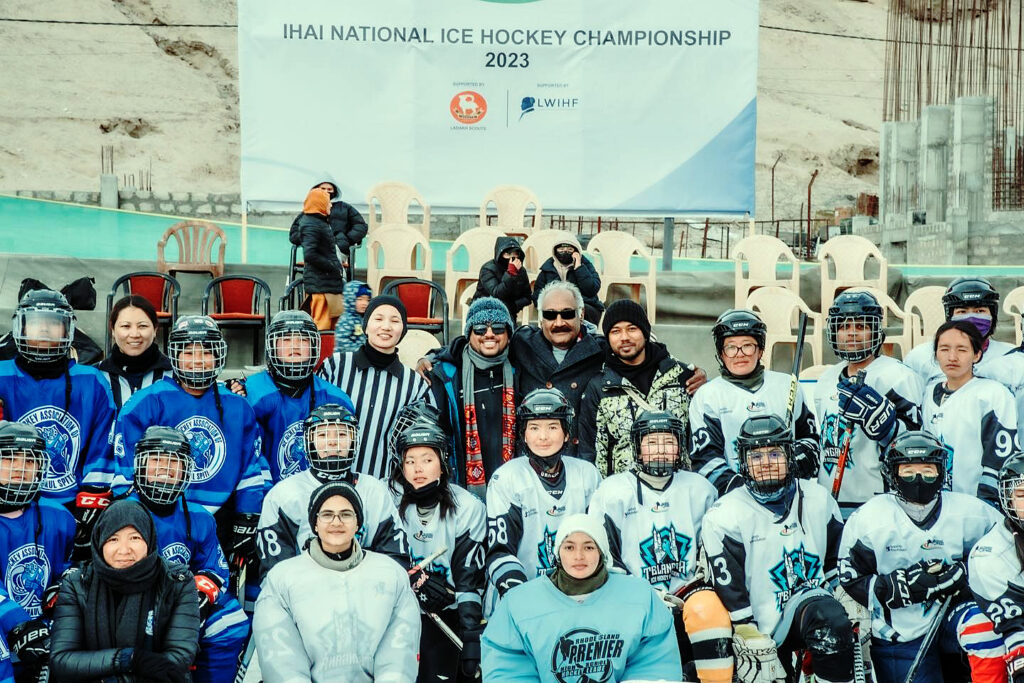
Despite their achievements, the Indian Ice Hockey Women’s Team and the IHAI face several challenges. The lack of proper training facilities and the absence of dedicated ice rinks restrict regular practice sessions. The team primarily relies on ice time during winter or off-ice training. However, the association has recognised the significance of strength and conditioning training and has incorporated it into the team’s preparation regimen. The absence of ice rinks has also limited the players to practice only during the winters, which lasts for about 2 to 3 months. Therefore, the players are left without practice for the next 10 months. To solve this, the IHAI sends the team 20 to 25 days prior to a tournament so that the players get to practice sufficiently.
Financial constraints also pose a significant hurdle for the team and the IHAI. Limited funding and sponsorship deals have hindered the development and growth of ice hockey in India. The team often has to purchase their own tickets, cover their meals, and sometimes even transportation expenses. Concrete and appropriate funding mechanisms are crucial to support the infrastructure, training programmes, and participation in international tournaments.
The IIHAI organises annual Women’s National Championships to provide a platform for female players to showcase their skills and compete at the national-level. These championships serve as a crucial stepping stone for talented athletes, leading to opportunities for higher-level competitions and representing India internationally.
Harjinder also quoted that “to cultivate interest in ice hockey among young girls, the IIHAI has implemented grassroots development programmes across the country. These programmes focus on introducing ice hockey in schools and colleges, organising introductory workshops, and providing training opportunities for aspiring female players. By establishing a strong foundation at the grassroots level, the IIHAI aims to create a pipeline of talented athletes for the future.”
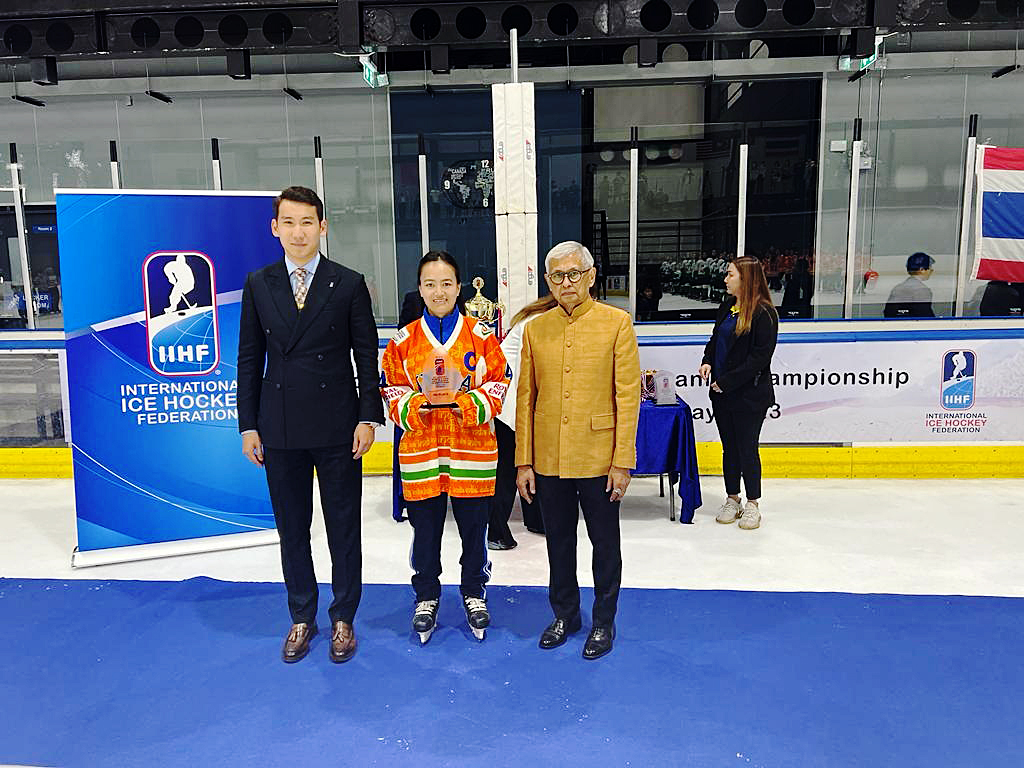
Looking ahead, the IHAI envisions the sport expanding across regions and countries, breaking away from its concentration in specific areas. The association has made efforts to showcase players from various regions as role models to inspire others to take up ice hockey. Inclusivity and representation from states like Telangana and Maharashtra signify a positive change in the sport’s landscape.
The promotion of winter sports, including ice hockey, should receive greater attention in India. The country’s proximity to the Himalayas presents a unique opportunity to utilise these regions for winter sports activities. With the success of athletes like Shiva Keshavan, who gained prominence after receiving the Arjuna Award, it is evident that breaking stereotypes and focusing on winter sports’ development can pave the way for increased participation and success.
Sustained efforts
The Indian Ice Hockey Women’s Team, backed by the Indian Ice Hockey Association, has demonstrated remarkable determination and resilience in the face of challenges. Their achievements on the international stage and the IHAI’s vision for growth highlight the potential of ice hockey in India. However, sustained efforts are needed to overcome obstacles such as infrastructure limitations and financial constraints. By garnering support, creating awareness, and nurturing talent, India can pave the way for a thriving ice hockey ecosystem, ultimately enhancing the country’s presence in the sport globally.
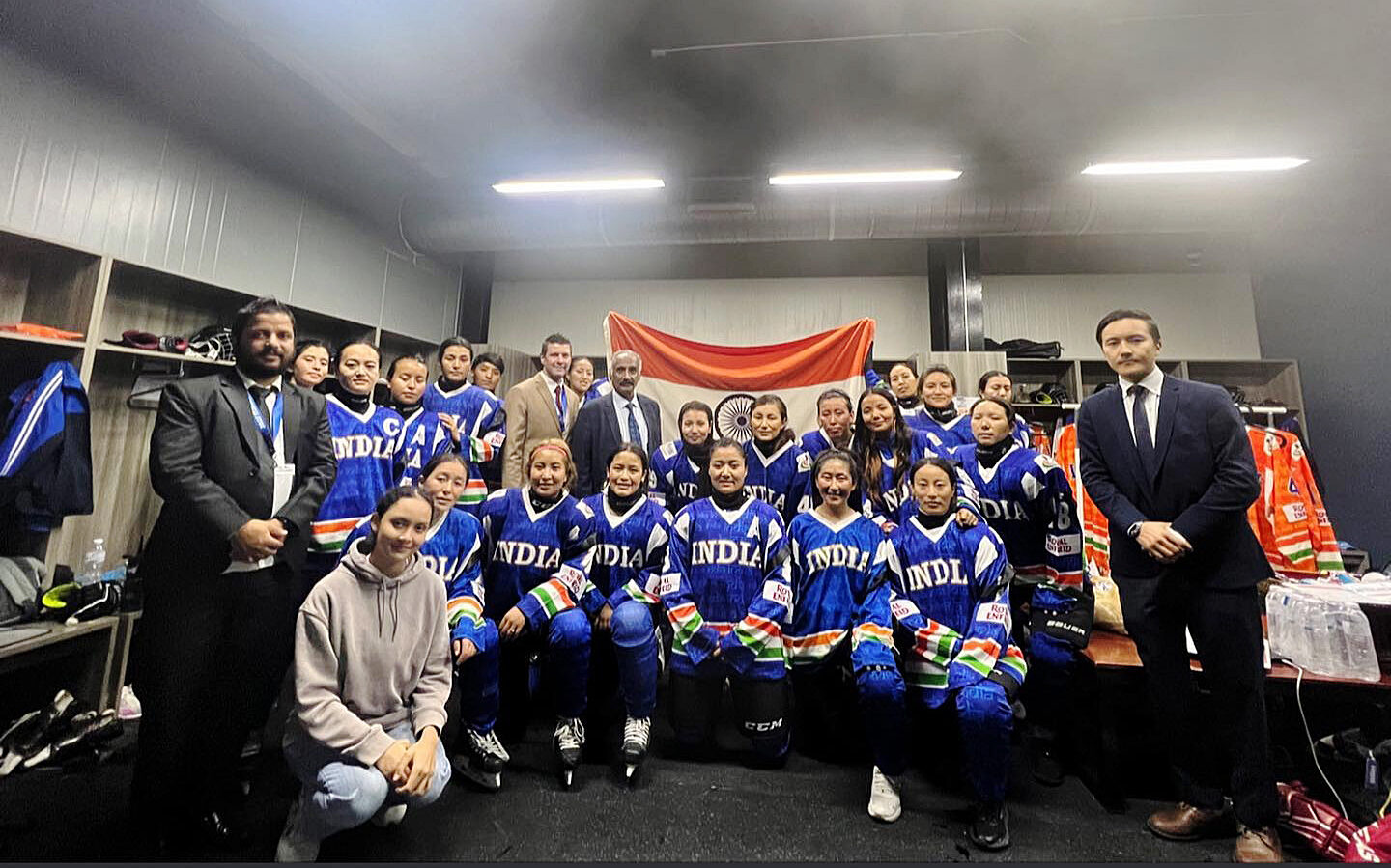
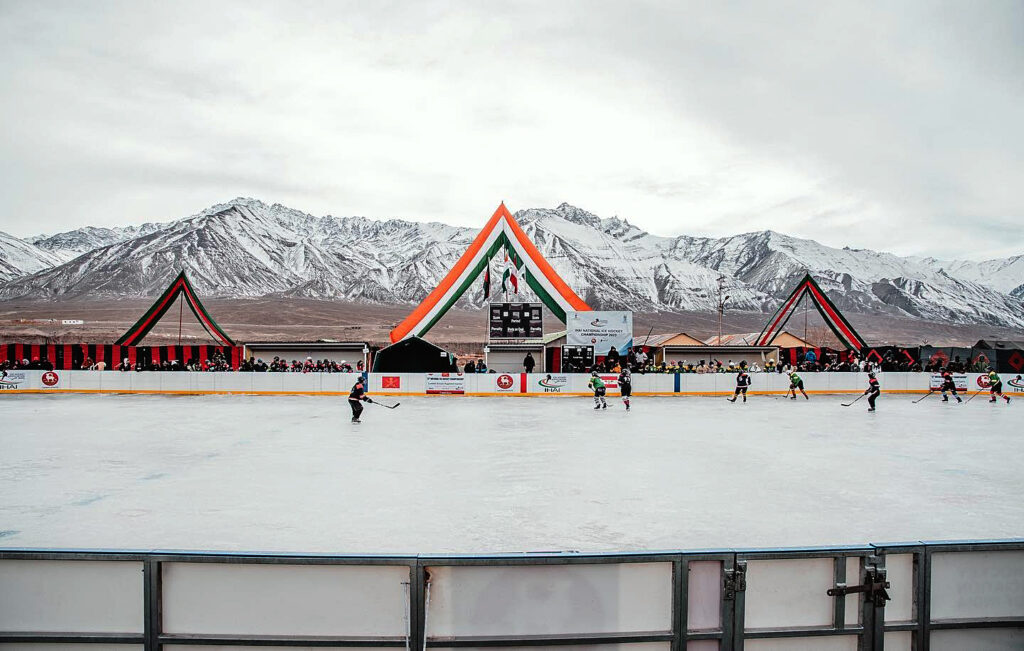
The team’s accomplishments are even more remarkable considering the limited resources and the dominance of traditional ice hockey nations. Their journey has inspired young girls in India to take up the sport, and efforts are being made to develop ice hockey infrastructure and provide better support to nurture their talent. Overall, the Indian ice hockey women’s team is a testament to the determination and perseverance of its players. Despite the hardships they face, they continue to strive for excellence and contribute to the growth of ice hockey in India.
Carving a career on ice
Disket Angmo ‘s determination and passion for ice hockey paves the way for her success
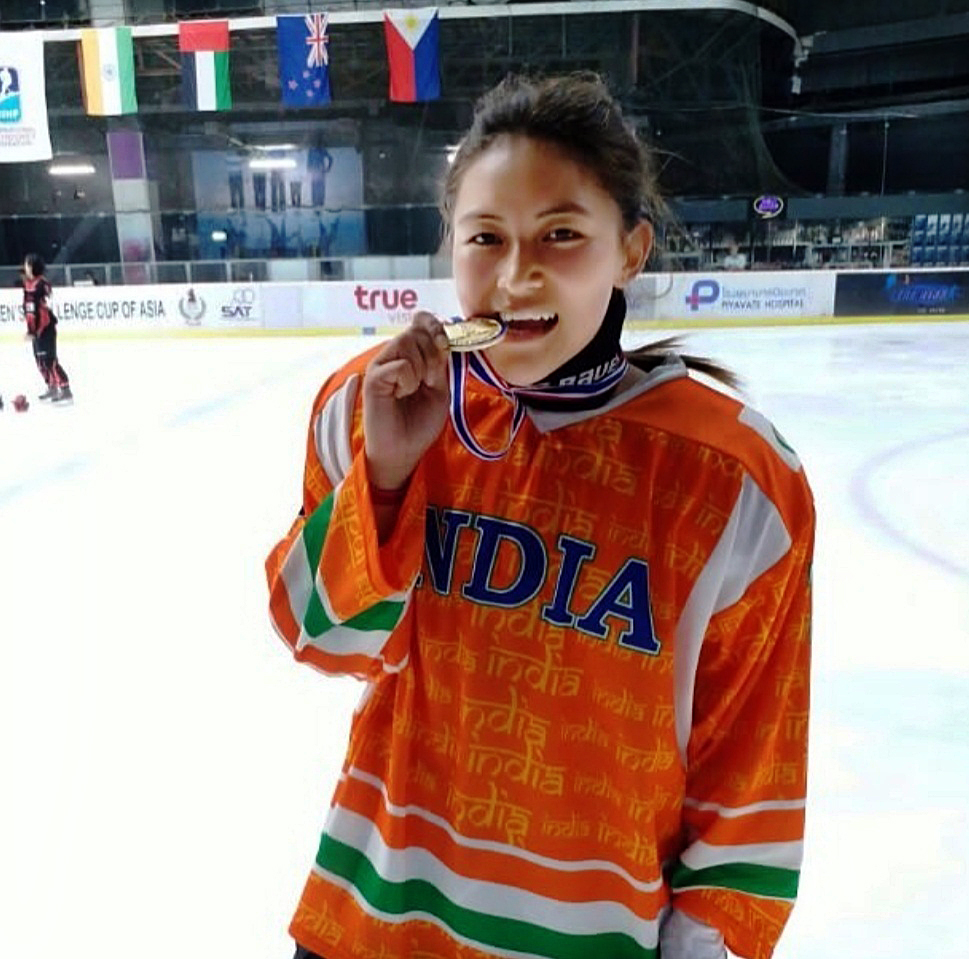
Disket Angmo, an Indian ice hockey player, embarked on a remarkable journey in a country where the sport was relatively unknown. Overcoming numerous challenges and defying societal norms, Disket’s determination and passion for ice hockey paved the way for her success. From discovering the sport to representing India at international tournaments, her story is one of perseverance, inspiration, and growth.
Disket’s journey began when she started figure skating at the age of 12. Unaware that women could also play ice hockey, Disket’s interest was piqued after watching men play the sport. Gradually, she developed a deep fascination for ice hockey, finding it captivating and intriguing.
In the early 2000s, while men’s ice hockey was already being played at the international level, women’s ice hockey was just gaining traction in India. Despite initially struggling and facing limited opportunities, Disket began to compete and train for ice hockey. However, the lack of infrastructure and awareness surrounding women’s ice hockey made it a recreational sport played only during winters.
Around 2013-2014, the Ice Hockey Association of India (IHAI) started organising national championships for women, providing a platform for them to showcase their talent. A major breakthrough came in 2016 when the IHAI began selecting women’s teams for international tournaments. Disket was among the first women players to represent India, marking a significant milestone in her career.
Disket draws inspiration from her late father, who was one of the founding members of the Winter Sports Club in Leh. His encouragement and dedication towards the sport ignited Disket’s passion. She also finds inspiration in her teammates and regards several members of the association as mentors and role models, shaping her growth as a player.
For Disket and her teammates, ice hockey was not initially a professional sport due to the lack of financial support. Balancing their commitment to the sport with the responsibility to earn a living and support their families posed a significant challenge. Training opportunities were limited, with intense training only occurring during the winter months. In summers, they focused on fitness maintenance and participated in other sports like football.
Disket recounts the challenges faced by women in ice hockey, including the absence of an international-size ice rink. Training on frozen ponds in Ladakh, the team had to maintain the ice rink themselves, often spending hours pouring water to create a playable surface. Additionally, they confronted a lack of awareness about women’s ice hockey, gender biases, and occasional instances of racism based on their appearances.
After a two-year break due to the COVID-19 pandemic, Disket and her team dedicated themselves to rigorous preparations for the Asia and Oceania Championship. With a month-long strength and conditioning training camp and on-ice training in Thailand, they were determined to make a mark. The intense preparations, combined with their unwavering dedication, contributed to their journey to the semi-finals.
Disket reflects on the evolution of ice hockey in India, from the early days of relying on donated equipment to the present, where the quality of equipment has improved, and the sport has gained popularity. The number of teams in local tournaments has increased, and the national championships now attract participants from different states, showcasing the sport’s growth.
Disket Angmo’s journey as an Indian ice hockey player exemplifies determination, resilience, and the power of pursuing one’s passion against all odds. As ice hockey gains popularity in India, Disket’s story serves as an inspiration to aspiring athletes to embrace unique sports and pursue their dreams.




